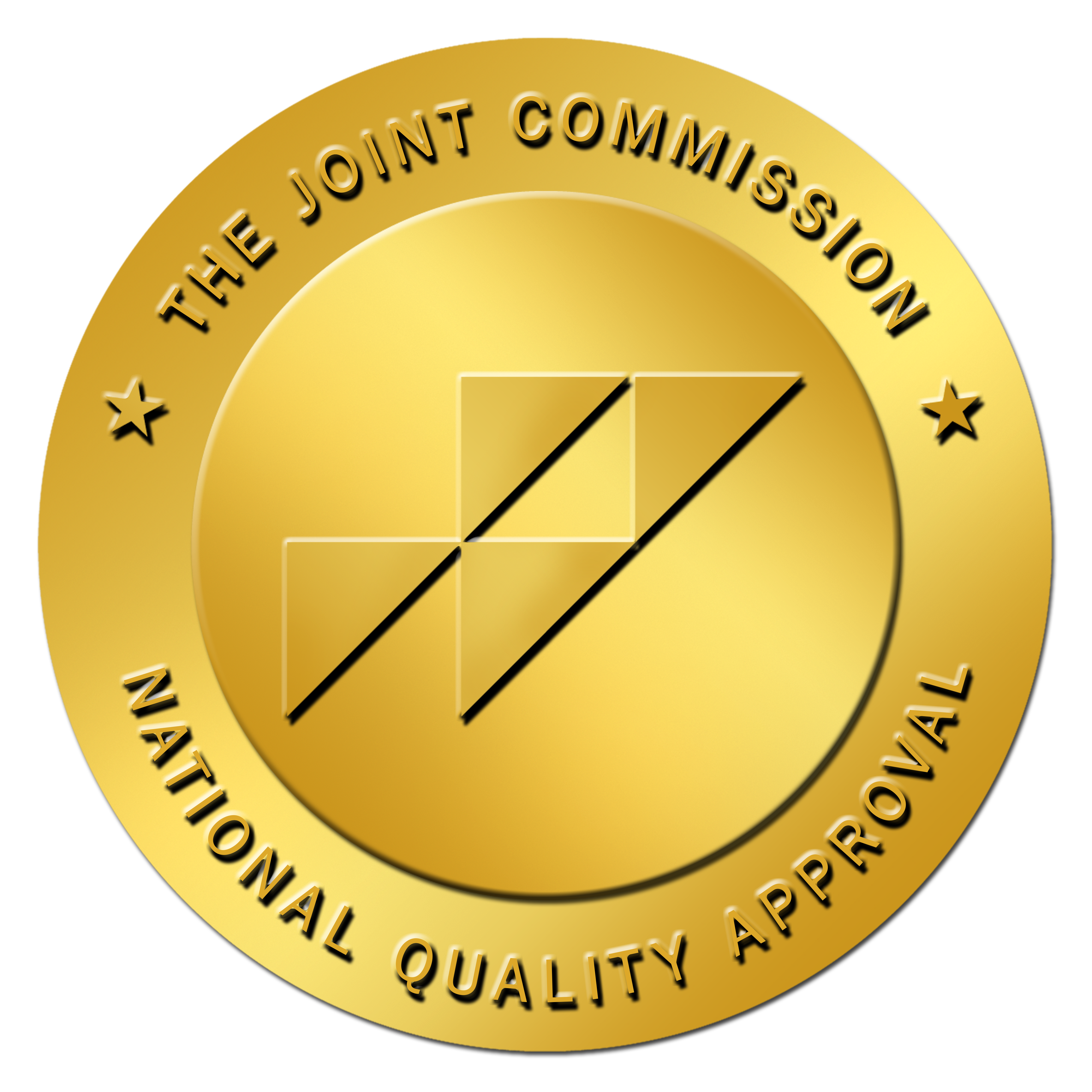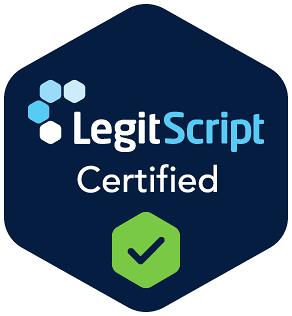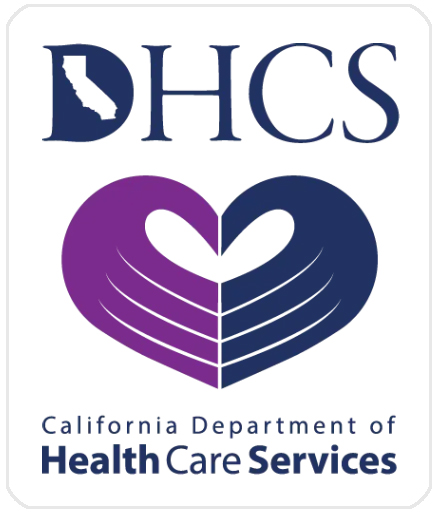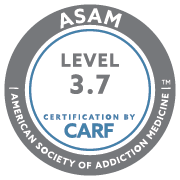
If you are struggling with an addiction, you may wonder what you can do to help them. Here are some tips:
Treatment options
There are different treatment options for addiction, and the type you need depends on the extent of your problem. Treatment in a residential center usually lasts six to twelve months, and it helps to change people’s attitude and behavior toward substance use. A less intensive form of residential treatment involves detoxification, initial intensive counseling, and preparation for a life in the community. You can also try out outpatient treatment, which requires less supervision and focuses on readjusting to daily life.
There are many different treatment options available, depending on the type of substance and the severity of your addiction. Individual or group sessions, family therapy, and 12-step programs are some of the most common methods of treatment. Inpatient rehabs typically require you to live in a substance-free environment under constant supervision. Inpatient rehabs are especially helpful for people with serious addictions or co-occurring disorders. While inpatient treatment can be expensive, the benefits of being in a treatment facility are worth it if you’re struggling with addiction.
An addict may use alcohol or other drugs for enjoyment or self-medication, and the addiction affects many areas of their lives. Often, people think they can’t survive without the drugs, but this is simply not true. Treatment options for addiction include psychotherapy and counseling, as well as medications. Addiction is a chronic disease that requires on-going care. Treatment for addiction can be successful if you accept that you have a problem and begin addressing your needs and behaviors.
Some treatment methods are self-help groups and support groups. These groups are designed to connect recovering addicts and reduce feelings of loneliness. These groups are also free of charge, but that doesn’t diminish their value. Addiction recovery groups can be found online, through your doctor, or in your local community. However, it is crucial to seek help early, because a successful treatment plan should include both the individual and their family. If you’ve tried self-help groups but are still struggling, you should consider a treatment center that offers this option.
The most common treatment option for addiction is inpatient care. The duration of this program varies depending on the specific drug and its effects. Generally, the treatment will begin with detoxification, which means the removal of drugs from the body to minimize the withdrawal symptoms. The process may take from a few hours to a few weeks, depending on the intensity of the symptoms. Most treatment centers have special detoxification units. If you’re worried about the costs, ask your doctor about a financial plan that covers your addiction.
Treatment for addiction varies greatly depending on the type of substance and the type of addiction. Depressant addiction is often treated in an inpatient or residential setting, while stimulant addicts may be given medications to control their intense cravings or urges. Depressant addiction often results in withdrawal symptoms such as anxiety and sleeplessness. Stimulant addicts may suffer from irritability, sweating, or low enthusiasm. While some addiction treatment programs will focus on the withdrawal symptoms associated with a stimulant drug, a person with a stimulant addiction may experience restlessness and decreased concentration.
Cost of treatment
Inpatient programs, which can last from one day to one week, are generally much more expensive than outpatient programs. Typically, clients travel six to ten miles one way to receive treatment. Traveling by car typically requires about 30 minutes to an hour, so clients typically spend between one and two hours at each treatment program. Outpatient programs, on the other hand, can take up to eight hours. In addition, the cost of transportation can be high, with the average client spending $45 per day traveling to treatment.
The average monthly cost of a residential addiction treatment program is about $7,500. Outpatient programs cost less, but the cost of treatment is still high. Generally, an outpatient rehab program lasts three to five days, so the cost is significantly less than inpatient rehab. But, the cost of inpatient rehabs can reach as much as $15,000, and people with severe addictions are likely to need a longer treatment period than someone who just needs short-term counseling.
Fortunately, a recent survey found that over 31% of people aged 12 and older reported that cost was a significant factor in their decision to attend an addiction treatment program. This cost gap has led to many policy changes. In addition to providing more affordable treatment options, providers can now adjust their fees and treatment hours to fit the financial circumstances of their clients. In addition, some programs have begun offering rebates on groceries, discounts on rent or utilities, and discounted transportation.
As with any type of treatment, the amount of money spent is directly related to the level of care offered by the addiction treatment program. Not all programs offer the same level of care and support, so in some cases, a residential rehab program will cost more than an outpatient one. This type of treatment also includes the cost of detox. Some programs may also charge higher fees for opioid and benzodiazepine addiction treatment, particularly if the patient chooses to pay in full. And while it may be possible to find affordable treatment, it’s still important to remember that the cost of rehab is high, especially if the patient is relapsing.
The average price for a 30-day inpatient addiction treatment program is around $6,000, while some luxury rehab centers charge upwards of $20,000 for the same period. Inpatient rehab for a full year can cost anywhere from $12,000 to $60,000. Many insurance plans cover these costs at least partially. However, it is important to remember that the quality of addiction treatment is worth the expense, and many people can overcome addiction in the long run. With the right treatment, you can live a life without the fear of relapse.
There are many ways to lower the cost of addiction treatment, and most programs are covered under some form of health insurance plan. Most private insurance plans cover the costs of treatment, and inpatient facilities are typically more expensive. However, some insurance companies will require that patients pay a co-pay or deductible for detox. If you are paying out of pocket, consider a sliding-scale program. Although there are many options for affordable addiction treatment, many are limited and have long waiting lists.
Getting someone you love to accept treatment
An intervention is a process in which a team of people proposes the idea of treatment to the person who is addicted to drugs. Members of the team share their own concerns and explain the benefits of the plan. After the team presents the plan, the loved one is asked to accept it on the spot. The team members also state the consequences of not accepting the plan. If the loved one refuses to accept the plan, they may be angry and resentful about the situation.
It is important to realize that this person may not believe your advice or want to change. To get someone to accept treatment, they must first acknowledge the problem themselves. Addiction requires a change of behavior in the person who is addicted. The person must also be aware that they are loved and need to change their behavior. They may not believe your advice and continue to use drugs, despite the effects of addiction on their lives.
Addiction is a disease, and it is best treated early. However, it is possible that your loved one will refuse to go for treatment and may be too ashamed to accept it. Nonetheless, you can make an attempt by organizing an intervention to get them to accept treatment. It is not easy, but it can be done successfully if you consult an intervention specialist. However, this process is not for the faint of heart.
There are some common signs that indicate an addiction. First, the person may be secretive and lash out at people who try to approach them about their behavior. Second, a person who is heavily addicted to drugs might lose interest in hobbies and lose energy. Third, the person may become moody and withdrawn, and their personal hygiene may become neglected. The addiction may also lead to serious medical conditions, such as depression or co-occurring disorders.
Family members should also be involved in the rehabilitation process. As supportive as possible, they should be encouraged to participate in support groups for addicts. Involving the family in the rehab process has been proven to benefit the patient. Family members should remain a part of the rehabilitation process and be open to helping their loved one make amends. This will also help them deal with the mental health problems that are contributing to the drug use.
If the addicted person is under legal guardianship, getting him or her into a rehab is easier. Then again, if the addict is a minor, the legal guardianship can take over the decision for the addict. However, the question still remains, will the loved one listen, participate, and gain the most benefit from the program? The first and most important question is whether the loved one will agree to go through the program. Although it is possible to force an addicted adult into a rehab program, it is highly unlikely that the person will.
